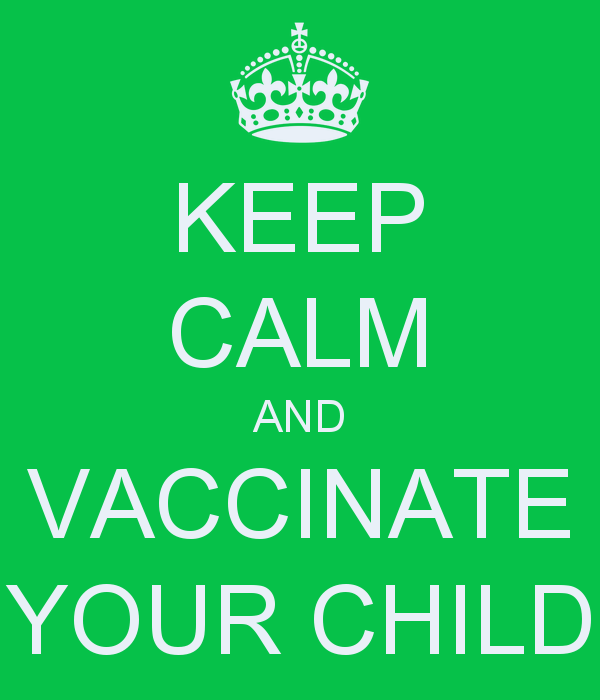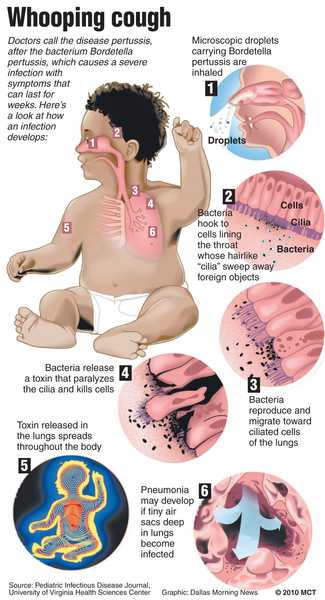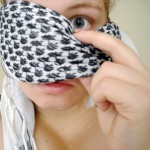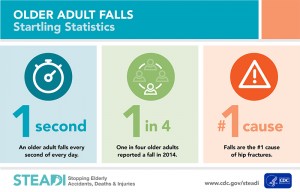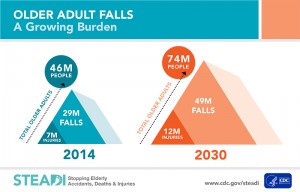The practice of mindfulness is becoming mainstream. Children are practicing it at school, therapists are utilizing it with their patients, and people are taking notice of the benefits. There is a curiosity of what mindfulness is and is not. Mindfulness appears to have roots in Buddhist and Hindu religion which includes meditation. However, many religions have some form of quiet contemplation and presence. People of all ages and in many situations are using mindful meditation and practice to better cope with their everyday lives.
Do I have to be religious to practice mindfulness?
No, once again there is a misconception that only hippies or monks practice mindfulness, they do practice it, though all people can benefit from mindfulness regardless of religious or spiritual beliefs. Mindful practices stemmed from eastern religions, though no one particular religion owned meditation and mindfulness practice. Mindfulness does not insist that a person is religious or spiritual to practice or benefit from it. A person does not have to be looking for the answers to the universe. They just have to desire to be more present in their daily lives. (Badker & Misri, 2017) More than 30 years of scientific research have elaborated the benefits of mindfulness practices.
Take a look at this article from Neuroscience News which states findings from a Northwestern University study, “Breathing is not just for oxygen; it’s now linked to brain function and behavior.” Science is now backing mindfulness and breathing as efficient. This study was published in the Journal of Neuroscience. There are many studies relating the scientific nature of focusing on the breath as a way to improve how you focus and deal with situations throughout the day (Rhythm and Fear Affects Memory and Breathing, 2017).
So, what is mindfulness anyway?
Mindfulness is defined as being present and paying attention, to the exact moment we are in without judgment. The focus is on breathing and not getting stuck on any particular thoughts or feelings. One myth is that mindfulness is about “clearing our mind” as a clean chalkboard, but in fact, that is far from the truth. Mindfulness allows feelings and thoughts to flow and acceptance of the fact that feelings will continue. It is how well we react that determines how we will deal with different situations we face (Sharma, 2016).
What are the benefits of practicing mindfulness?
- Decreased stress
- Decreased anxiety
- Decreased depression
- Increased attention
- Increase emotional balance
- Increased ability to learn
- Increased ability to problem solve
Who can practice Mindfulness?
The great thing about mindfulness is that anyone anywhere can engage in the practice.
See what school-age children say about the benefits of mindfulness.
Where to practice mindfulness:
Mindfulness can be practiced at home, alone, or with others. There are classes, available for mindful meditation, mindful eating, mindfulness for children and even therapy-based mindfulness.
A few Resources for Learning Mindfulness:
Mind-Up: A program based in neuroscience for school-age children. Mind-up is a program for general school classrooms and therapy groups; it teaches 15 Mindful activities for youth, the program was founded by Goldie Hawn and The Hawn Foundation.
Mindful Schools: A second research-based program for school age children. Mindful Schools has certified teachers to assist schools in implementing their program.
Mindfulness-Based stress reduction (MSBR): MSBR is a free 8-week online course to teach the basics of mindfulness in a more structured format. This website shares articles and links from 30 years of research to share the benefits of practicing mindfulness for many chronic diseases such as multiple sclerosis, Cancer, and mood disorders.
Mindfulness-Based Cognitive Therapy (MBCT): MBCT was developed to combine cognitive therapy (a therapy used to change thinking patterns) and mindfulness to address issues of depression. There is training available for therapists online, and retreats are available for both therapists and clients.
The list above is a sampling of the programs available for adults and children alike. These programs are founded on scientific research and principles. They are programs which focus on developing a life skill to benefit each participant’s health and well-being (Karnunananda, 2016).
More on how to practice mindfulness.
Mindfulness can be simple and easy to begin to practice. There are many programs to teach mindfulness, or you can sit up straight and close your eyes and breath in and out. Gif’s such as the one below can be used as a visual for rhythmic breathing for a simple yet effective mindfulness practice.

Visual to practice steady breathing
Look for the above image and others for visual breathing practice here.
So will you give it a try?

No matter what your religion is or who you are mindful behavior can reduce stress and enhance the quality of life. Apps like Mindfulness app and headspace can help you get started on the path to a mindful day. Or you can try calm.com on the computer (or as an app) to guide you with meditations and soothing music.
Dare to give a mindful practice a try for just 5 minutes. Put aside your preconceived notions that mindfulness is for Monks and hippies; it is a proven tool with years of research to back its effectiveness. It does not have to cost you anything, air is free, and you already know how to breathe. Just take it one step further pay attention!
A sample of calming music to soothe your mind. (Listen for as little or long as you like)
A simple technique for mindful relaxation:
- Sit quietly and comfortably
- Focus on the sound and feel of your breath
- If your mind wanders (and it will) regain your focus on the inhale and exhale of your breath
A simple practice for mindful eating:
- Sit at a table without distraction
- Be aware of how your food looks and smells
- Chew your food consciously and pay attention to texture, and taste
- Notice any changes in your body
Ever suggested to a young child, they take a deep breath when they are very upset? Ever stepped away from a situation and taken ten deep breathes when you were angry? Did you know that you are practicing mindfulness without even knowing? Kids are very receptive to the practice. Often adults need a little more encouragement.
Here is a simple practice geared towards children but also appropriate for adults.
Mindfulness is not a miracle cure; it will not fix all your problems; however, it may afford you the benefits of ease in coping with challenging or emotional situations and better awareness of how you feel on a daily basis. Enjoy!
References
Badker, R., & Misri, S. (2017). Mindfulness-based therapy in the perinatal period: A review of the literature. British Columbia Medical Journal, 59(1), 18-21. Retrieved from EBSCOhost February 12, 2017
Karunananda, A. a., Goldin, P. p., & Talagala, P. p. (2016). Examining Mindfulness in Education. International Journal Of Modern Education & Computer Science, 8(12), 23-30. Retrieved from EBSCOhost February 12, 2017
Northwestern University. (2016, December 6). Rhythm of Breathing Affects Memory and Fear. NeuroscienceNews. Retrieved December 6, 2016 from http://neurosciencenews.com/memory-fear-breathing-5699/
Sharma, D. (2016). An introduction to clinical mindfulness. Day Surgery Australia, 15(2), 3-7. Retrieved from EBSCOhost February, 12, 2017


